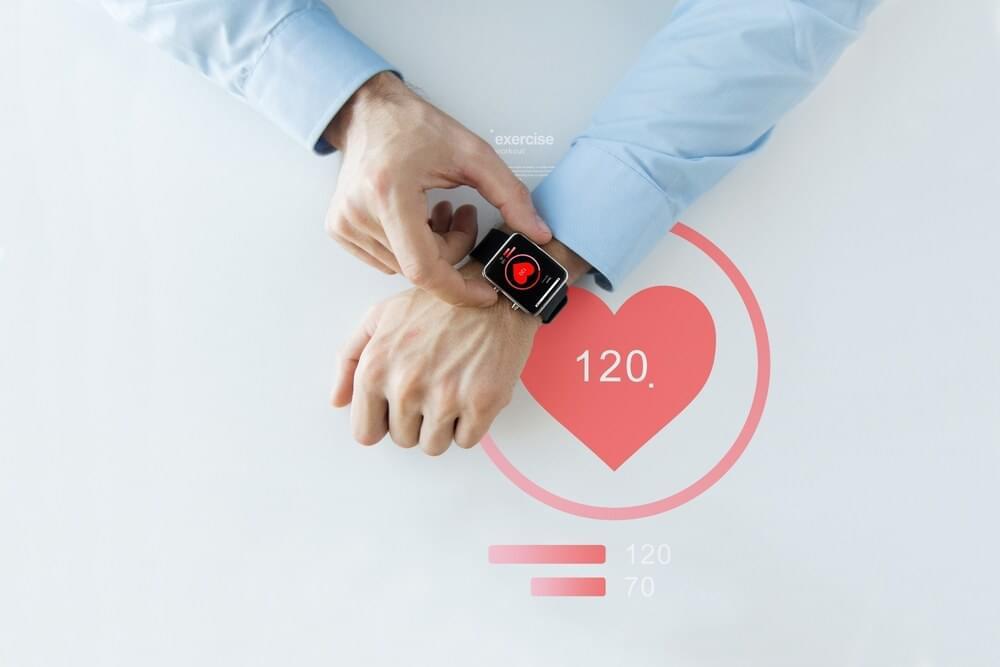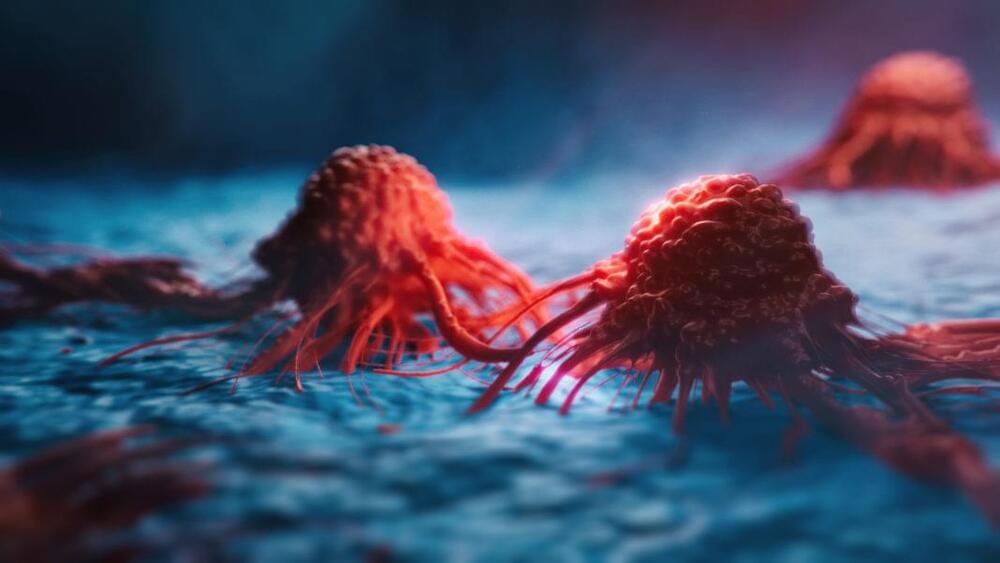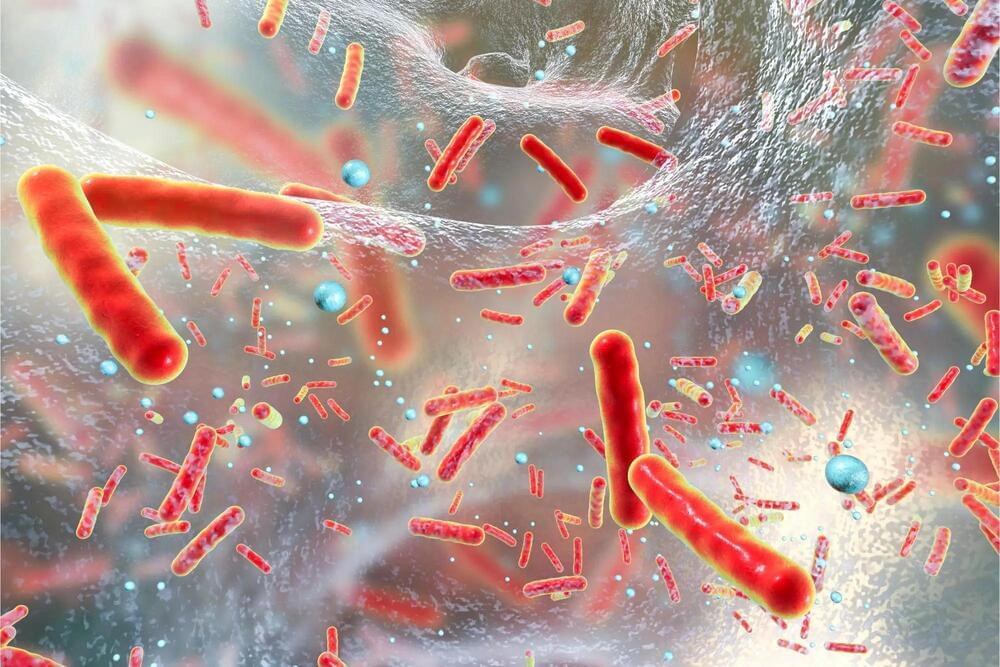Alex’s lemonade stand foundation — fighting childhood cancer, one cup at a time! liz scott, co-executive director, alex’s lemonade stand foundation.
Liz Scott is Co-Executive Director, of Alex’s Lemonade Stand Foundation for Childhood Cancer (ALSF — https://www.alexslemonade.org/), an organization which emerged from the front yard lemonade stand of her daughter, Alexandra “Alex” Scott (1996−2004).
In 2000, at the age of four, Alex announced that she wanted to hold a lemonade stand to raise money to help find a cure for other children with cancer, herself already bravely fighting neuroblastoma, which she was diagnosed with at age one.
Over her lifetime, Alex would raise over $1 million before she passed away in 2004 at the age of 8. Since then, Liz and her husband Jay have worked alongside thousands of supporters across the country to carry on Alex’s legacy of hope.
To date, ALSF has raised more than $250 Million toward fulfilling Alex’s dream of finding a cure, funding over 1,000 pediatric cancer research projects nationally.








